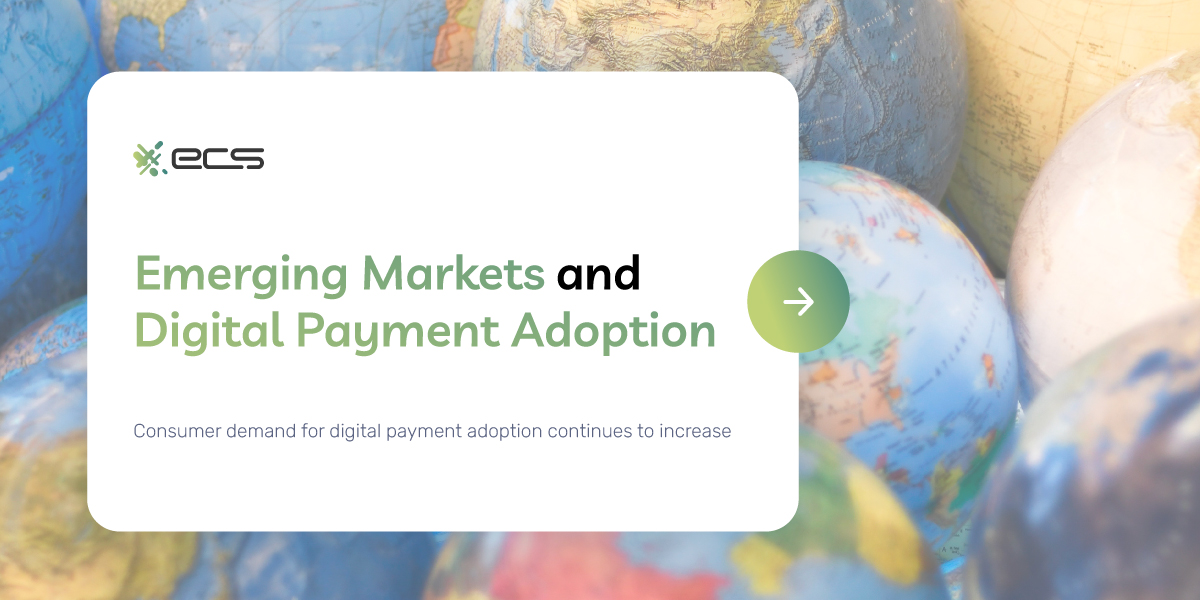Over the past few years, technology has dramatically changed the payments landscape. Some of this was brought on by the mainstream popularity of cryptocurrency and its sudden rise in market value. While volatility in crypto prices has caused some of the excitement to waiver, the hype around cryptocurrency spilled into the more expansive payment space. Consumers worldwide were now eager and trusting of new digital payment adoption.
Peer-to-peer payments through a smartphone were now not only accepted but also demanded by consumers. This increased the number of digital payment solutions that worked for traditional fiat currencies, not just cryptocurrencies.
Many established companies like Apple entered the market with digital payment solutions. A whole industry of financial technology (fintech) start-ups also began to spring up worldwide. What was interesting about this change in consumer payment sentiment is that adoption accelerated the most in emerging markets.
Before this, experts may have predicted that mature markets with more wealth and infrastructure would be the early adopters of new payment technology. But instead, the opposite happened. Developing markets were the eager early adopters, and mature markets often lagged.
Emerging markets have always preferred cash, and that payment method has dominated the majority of transactions. However, cash quickly became outdated as these emerging markets got a taste of new payment technology and the reduced friction and opportunity it could deliver.
So, what does this trend mean for the future of digital payments and emerging markets, and how fast do these technologies go mainstream in subsequent markets?
Below, we’ll look at digital payment adoption in detail and determine the future of the financial landscape.
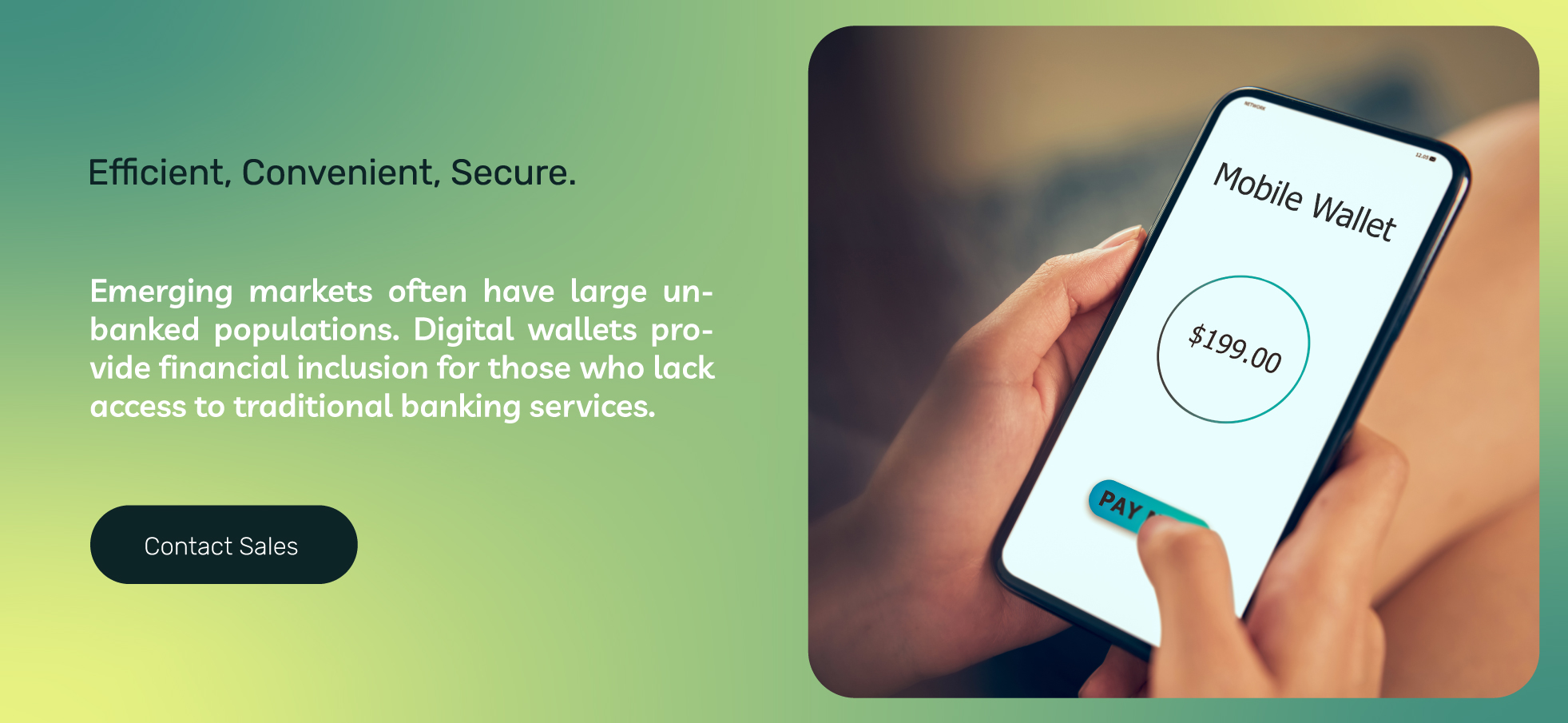
Understanding Digital & Mobile Payments
Digital payments are generally lumped together in conversations about adoption, mobile banking growth, a cashless society, and overall digital market trends. However, there are many different types of digital and mobile payments, each unique.
The type of currency they work with, the underlying technology, and whether they are legally regulated are all differentiating factors among these payment options. To help make sense of these options, we’ll cover the most common digital payments below and explain the key differences.
Credit & Debit Card Sales
Credit and debit card sales are likely the digital payment forms you’re most familiar with. While these are mostly considered traditional payment methods, their processing has been digitized over the years and is now a very advanced technology.
Credit and debit card sales still dominate mature markets, such as the United States and most of Western Europe. They are also trusted for cross-border e-commerce sales. Despite being a traditional form of payment that dates back decades, many newer forms of digital and mobile payments can incorporate credit and debit cards into their ecosystem.
To clarify, credit and debit cards are not disappearing as payment methods with the emergence of new technology. These cards and the underlying payment network serve a critical function worldwide.
However, physical cards will likely decline as new technology, such as digital wallets, allows customers to incorporate their cards into hardware devices like smartphones or smartwatches.
In this way, the credit and debit card network can bridge traditional payment networks and newer technology as it emerges. This aspect of credit card payment platform innovation helps it to maintain its market share and utility as technology rapidly changes.
Digital Wallets
A digital wallet, sometimes called an e-wallet, is a software app that runs on a hardware device connected to the Internet. It requires both software and compatible hardware to function and connect with outside payment processing systems.
Digital wallets eliminate the need to have cards or cash on hand. Additionally, digital wallets are not necessarily tied to one type of currency.
Although most popular digital wallets are focused on a specific currency based on location, this is primarily due to convenience and some regulatory aspects. However, a digital wallet can work simultaneously with any currency and multiple currencies. The technology has no inherent feature that locks them to a specific type of currency.
Digital wallets connected to traditional payment networks and payment cards work through a process known as tokenization. With tokenization, the financial data is encrypted in a way that makes it useless if a hacker or criminal intercepts it. The token a digital wallet sends cannot be reverse-engineered to expose the underlying payment data.
At least not with the token itself. The centralized payment network holds the token decryption keys, which are never transmitted, so the risk of their being compromised is very low.
Some common digital wallets in use today are:
- Apple Pay
- Cash App
- Google Wallet
- Samsung Pay
- PayPal
- Venmo
- AliPay
Digital wallets can send funds between users or be used in person via near-field communication technology, QR code payments, or online shopping. Depending on the company behind them, different digital wallets can have different limitations and compatibility.
However, payment gateway expansion across payment networks has increased their acceptance and compatibility worldwide. Much contactless payments’ rise in popularity was due to the increasing e-wallet popularity.
Peer-to-Peer (P2P) Transactions & Digital Payment Apps
P2P apps can be a subset of digital wallets, work with digital wallets, or be unique and not attached to mainstream or traditional payment technology. With P2P digital payments, individuals connect directly to each other to make the payment, and there is no intermediary.
That’s the definition of an actual P2P transaction. However, most popular P2P apps have an intermediary, which can be confusing. For example, Cash App is often considered a P2P app. However, the company behind Cash App and the traditional financial system apparatus all work as intermediaries between individual transactions.
It’s not a truly decentralized P2P network. It’s more of a hybrid system that combines aspects of P2P payment systems with digital wallet technology. However, this is mainly transparent to the end user, and the experience feels like a true P2P experience in most cases. But consumers quickly enjoyed this fast and inexpensive way to send funds 24/7.
People in emerging markets especially enjoy P2P apps and services, as traditional financial institutions for sending money are expensive and inaccessible to many people of different backgrounds. In this way, P2P apps were seen more as an empowering technology in emerging markets than just a cost-saving or convenience-based technology.
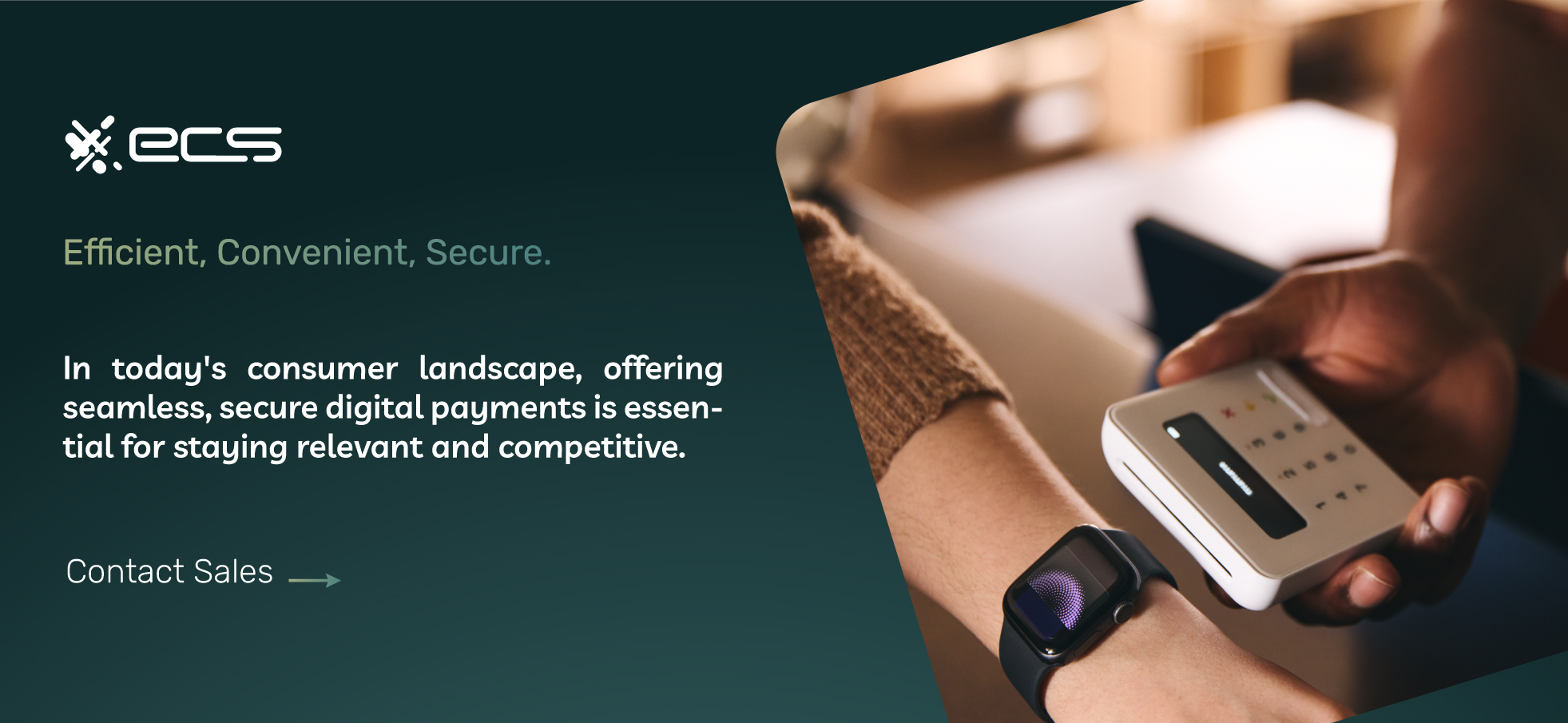

Cryptocurrency
Cryptocurrencies can cross many of the barriers between digital payments. They can be a true P2P wallet with no centralized intermediary.
Take Bitcoin, for example. Two users with Bitcoin digital wallets on their mobile devices can send funds between their wallets without a centralized intermediary. The transaction is handled by a decentralized network of Bitcoin miners that charge a small fee based on the transaction size, requested speed, and network traffic at the time of processing.
The prospect of functioning outside traditional financial institutions and even central banks appeals to those in emerging markets with unstable currencies or other issues. However, the volatility of cryptocurrency values has been a drawback of more widespread adoption and cryptocurrency use for payments.
Emerging markets, with their own significant inflationary issues, tend to be more willing to adopt digital solutions to cryptocurrency, though. This is because most cryptocurrencies are inherently deflationary, as the supply is limited or reduced over time.
For emerging markets wrestling with hyperinflation, this is a very attractive feature of cryptocurrency and fuels its adoption in many emerging markets.
Super Apps or Wallets
Recently, the emergence and adoption of super apps or super wallets have started to accelerate dramatically. These were first introduced in Asian markets, and consumers quickly adopted them due to their overall convenience and integration with the other apps and services they use.
A super app is a mobile payment app fully integrated with other popular apps or online payment systems consumers in emerging markets already use. For example, a text app and search platform will also be a digital payment system. This reduces most friction when making payments or transferring money across platforms.
Super apps also help to address the issue of incompatibility between different apps and digital wallets. Because of their ubiquity, compatibility is far less of an issue.
One of the first and most popular super apps was WeChat. WeChat was based in China and combined its popular messaging app with a digital payment system. It quickly took off, and several Western companies started their development of super apps to take advantage of these digital transaction trends.
American entrepreneur Elon Musk recently stated he wants to turn X (formerly Twitter) into a type of super app. Currently, X has been granted approval in several states to conduct digital wallet transactions, although no digital payment functionality has appeared on the X platform as of now.
What Is Fueling Digital Payment Adoption In Emerging Markets
For decades and even centuries, cash has been the lifeblood of emerging markets around the globe. Small street vendors, service providers, and even larger businesses all preferred cash payments.
The problem with cash in a modern digital world is that it can limit opportunity and increase commercial friction. Being dependent on cash means your trading partners are limited by a tight geographical area.
This means those in emerging markets have little opportunity to conduct business outside their small area and access new markets.
Reliance on cash also makes scaling and growth difficult for many in emerging markets. Storing large amounts of cash requires banking services, and it’s not uncommon for many individuals in emerging markets to not have access to trustworthy banking services.
Smartphone Adoption
One of the main factors driving digital payment adoption in emerging markets is the explosion of inexpensive smartphones and the associated internet connectivity.
Mobile internet penetration was also much faster in emerging markets than in developed markets, which helped emerging markets bypass many of the hurdles mobile adoption faced previously.
Smartphones also helped to create a relatively standardized hardware platform where developers could create digital payment apps.
Because of the ubiquity and standardization of smartphones, developers could address security concerns and compatibility issues that made earlier attempts at digital payment adoption more difficult.
Consumers were already gravitating towards conducting more and more daily tasks on smartphones and via apps before digital payments. So, when the ability to conduct financial transactions appeared, it was a seamless and natural transition for those in emerging markets.
Infrastructure Limitations Fuel Mobile Payments
Another factor that drove digital payment adoption in emerging markets is the relative lack of infrastructure compared to mature markets. This includes both technological infrastructure and financial infrastructure.
In emerging markets, the percentage of those who are part of an unbanked population or underserved by banks is much higher than in developed or mature markets. With few pathways to obtain banking services, digital payments via inexpensive smartphones provided a powerful alternative for financial inclusion.
Another limitation is the lack of technology infrastructure in some emerging markets. Personal computers were not standard in emerging markets, and landline or cable-based internet access was also not as standard in developed markets.
This limitation restricted many online banking services that consumers in developed markets used instead of mobile digital payment solutions. There was tremendous pent-up demand that didn’t quite exist in mature markets.
In places such as the United States and Europe, consumers already have access to alternative methods of digital banking services. Emerging markets skipped this phase entirely. In many emerging markets, wireless internet infrastructure was prioritized over wired options as part of the digital economy growth phase.
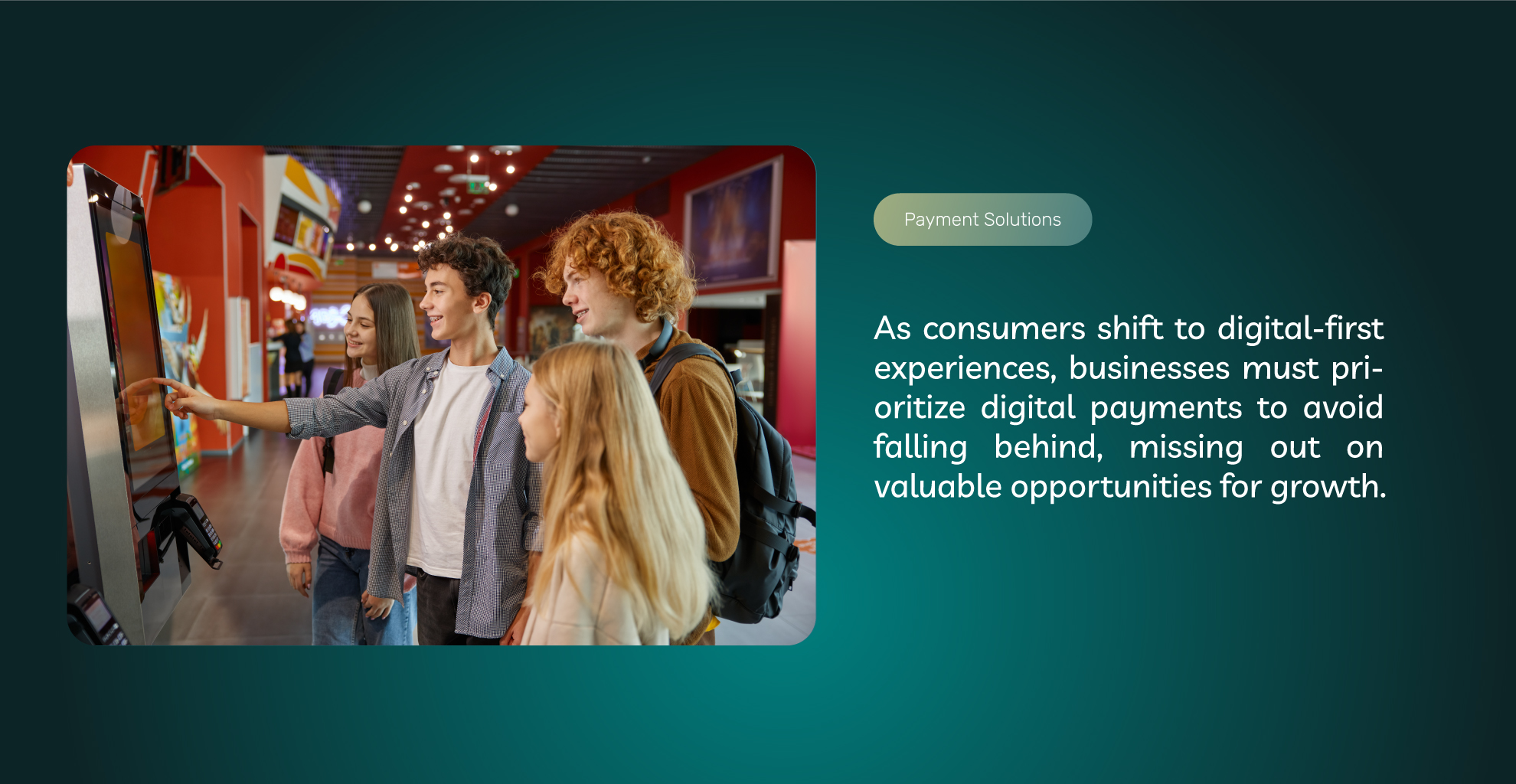
Increase In Payment Efficiency
While payment efficiency is a concern in developed markets, it’s mostly related to increasing profits and finding new opportunities. Increasing payment efficiency can be the difference between poverty and opportunity in emerging markets.
Reducing friction for a small street vendor in an emerging market can allow them to expand or scale their operations more efficiently. They can also more easily travel to new locations where market conditions may better suit their product or service.
Combine this with the fact that many banking services in emerging markets can be inefficient, even when accessible by lower-income individuals. These two factors combined to fuel digital payment adoption even further.
An Emerging Market Case Study: M-PESA
M-PESA is credited as one of the first and most successful examples of a digital financial service launched in an emerging market. Launched in 2007 by Safaricom and Vodafone, Kenya’s leading mobile network, M-PESA changed how people moved money, particularly in rural areas where traditional banking infrastructure is scarce or non-existent.
The original M-PESA product was a digital wallet-type mobile app that could store funds, send or receive funds, and perform other basic transactions. The app was connected to a network of local branch offices where funds could be withdrawn or added to accounts using physical cash.
Within three years of its launch, M-PESA was one of the most successful mobile financial services in the developing world. Interestingly, M-PESA’s technology was first developed as a tool for microfinancing. In its original concept, small loans would be granted to entrepreneurs in emerging markets. Borrowers would then use M-PESA to receive payments and repay the loan.
Then, the creators dropped the microfinancing aspect and shifted the focus to P2P-style transactions and services. But, M-PESA has started to return to those original concepts as it has partnered with several Kenyan banks to also provide loans and other financing services to users of M-PESA.
The fast success of M-PESA is a model of how digital payments can transform emerging markets and provide equal financial access. MIT economists concluded that M-PESA contributed to lifting 2% of the population out of extreme poverty, particularly women.
Some economists have criticized some of the research regarding M-PESA’s positive impact on Kenya’s poverty issues and argue the jury is still out on the long-term ramifications of digital payment adoption.
Despite the lack of consensus, most experts can agree that consumers prefer digital payment options and that adoption will likely only accelerate as new technology and features continue to develop
Risks Of Digital Payments In Emerging Markets
While digital payment adoption has shown many benefits, and consumers have been quick to adopt the technology, there are drawbacks. Some of these drawbacks are being addressed, and solutions will be available soon. However, other disadvantages are more inherent to the technology and are more challenging to solve.
Payment Security Challenges
Undoubtedly, digital payments and digital payment adoption in emerging markets are moving faster than most experts anticipated. This rapid evolution often means that fraud protections lag behind the current technology trends.
Defeating fraud in the payment space is often a case of cat and mouse. Hackers or cybercriminals develop new methods, and payment companies react accordingly. With the fast adoption of digital payments, cybercriminals have more opportunities to find loopholes and vulnerabilities. Along with fraud, financial scams, and crimes have increased just as digital payment adoption has.
In the same way digital payments open new markets for legitimate entrepreneurs, it also opens new markets for scammers. A scammer can now reach victims around the world, and they can also receive money from anyone around the world.
This may sound like a small problem, but financial scams have become big business, and large underground organizations are behind some of it. Both digital payment regulations and technology must address this problem, which poses a risk to the overall security of payment systems worldwide.
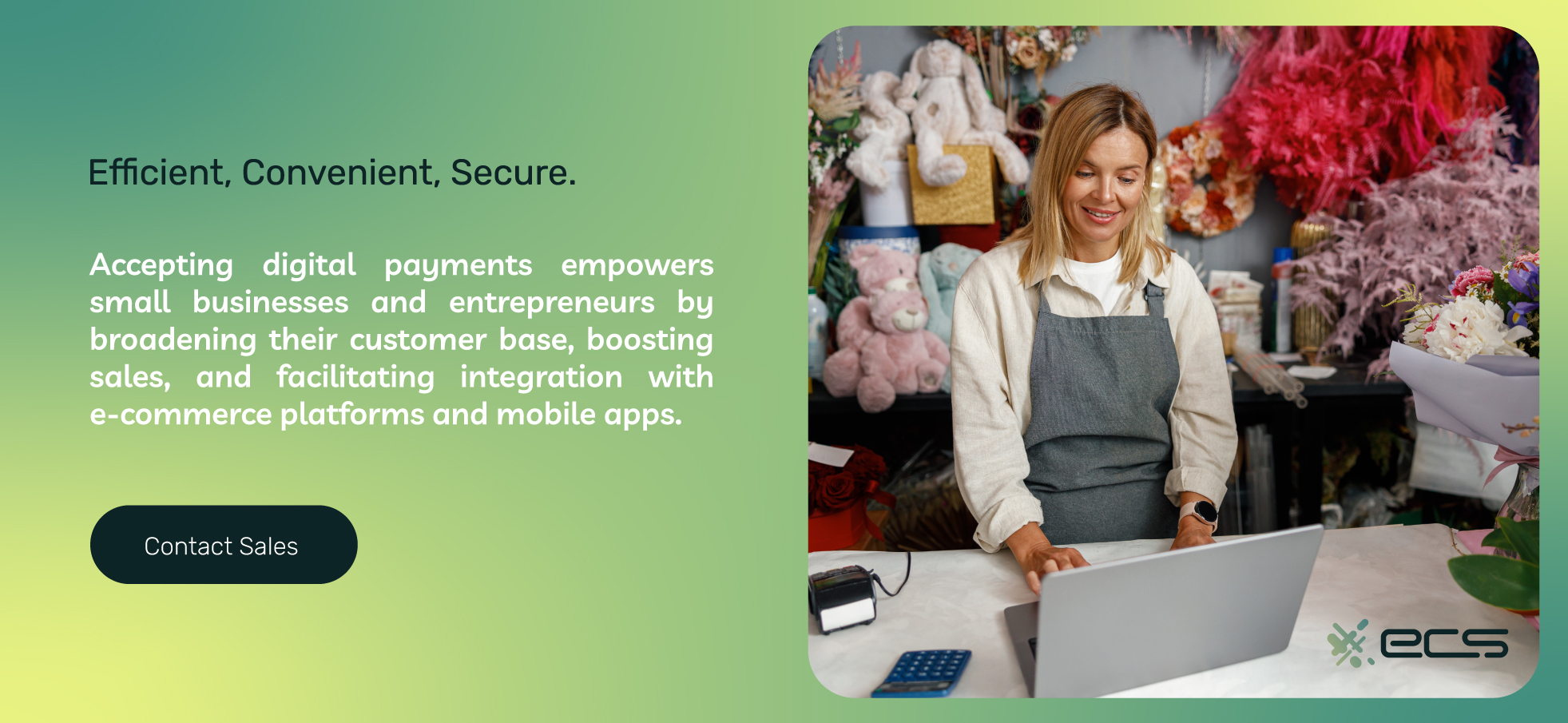
Lack Of Financial & Digital Literacy
One issue with the explosion of digital payment in emerging markets is that many consumers may not yet have the financial literacy to properly work with the new financial instruments. While this is sometimes true in developed markets, it is a greater risk in emerging markets.
Beyond digital payments, lending and other financial instruments are likely to follow. Without the financial literacy to deal with these new financial products, those in emerging markets could be trapped in a cycle of debt.
Local governments and international groups need to fill the gaps in financial literacy to ensure that those in emerging markets know how to navigate this new landscape.
Privacy Concerns
With so much financial information on mobile devices, a data breach can be even more catastrophic regarding privacy concerns and cybersecurity issues.
Lack of Resolution Options
With certain digital payments, such as cryptocurrency, customer service can be lacking or even non-existent. Traditional payment options generally have more resolution options should something go wrong during a transaction.
Future Of Digital Payment Adoption Worldwide
Today, digital payment adoption continues to grow across global emerging markets. Similar to the e-commerce boom and online sales, this is creating an entirely new industry that is providing the engine for growth around the world.
New open banking standards look to further what fintech companies can achieve with digital payments as new integrations with traditional financial institutions are now possible.
While challenges still exist and growing pains are common, the consumer’s demand for digital payment options in emerging markets is strong.
It’s unlikely that this growth will decelerate, and digital payments will likely become a dominant form of payment in the near future.
Frequently Asked Questions About Digital Payment Adoption
Digital payment transactions include credit and debit cards, digital wallets, peer-to-peer (P2P) applications, ACH, cryptocurrency, and super apps or wallets.
The explosion of smartphones and their internet connectivity is a primary driver of digital payment adoption for businesses. Smartphone technology became incredibly convenient during the COVID-19 pandemic.
Digital wallets eliminate the need to carry cards or cash, the ability to work with multiple currencies, and enhanced security through tokenization.
Super apps integrate digital payment systems with popular apps or online platforms, reducing friction and compatibility issues.
